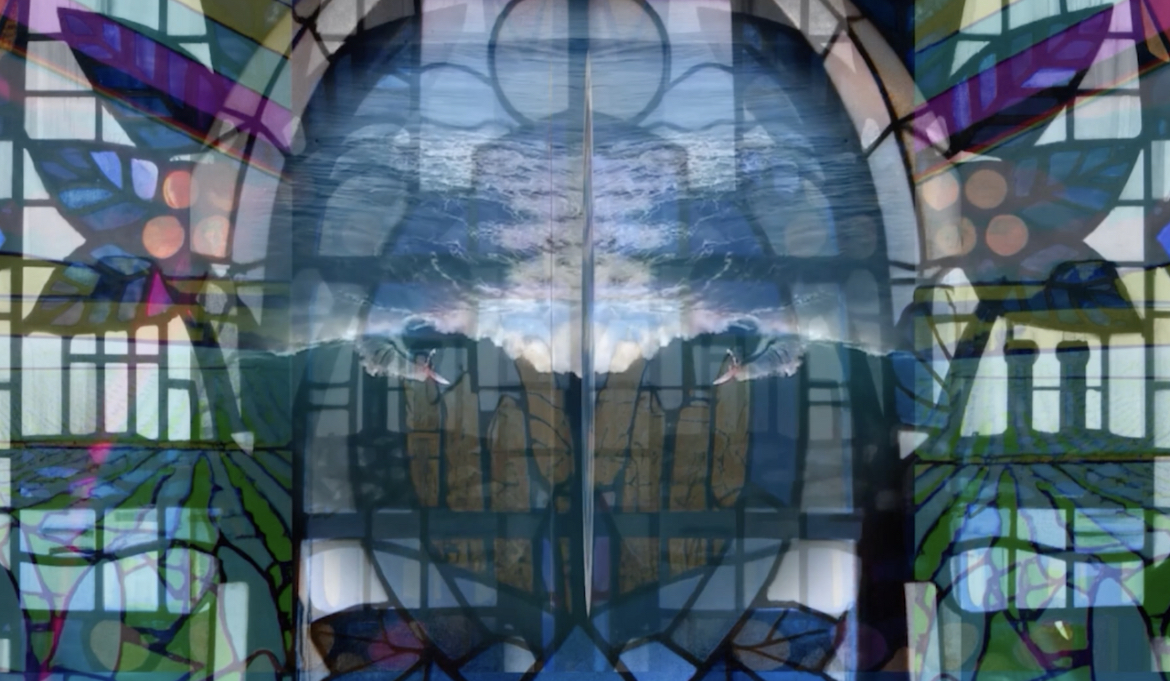- Frontenac –Roy Arden
- Frontenac –Roy Arden
- Frontenac –Roy Arden
- Frontenac –Roy Arden
Frontenac
Roy Arden
16 August–
8 September 1990
Curated by: Nancy Shaw
Frontenac
Roy Arden
Curated by: Nancy Shaw
The series Frontenac follows a year of taking portraits. This activity marked a return to earlier concerns.The audience for this exhibition will notice at once that Arden’s concerns for photographs and images are now ”parallel” to his involvement with monochromes. But beginning with Rupture (1985), and ending with Komgata Maru (1989), these ‘practices’ had intersected in single works of art. Images in those works were found in archives. Arden’s only interventions were in cropping and in presentation. Yet beneath the theoretical possibilities and expectations of such strategies provoked there were always uncanny correspondences in these images, with each other and with Arden’s earlier work – single or double prints of his photographs which he exhibited as Fragments.
I suppose there was nothing really uncanny about seeing Arden’s authorship or even his portrait in photographs that he selected but that he had taken by others before he was born. The sensibility found in the early Fragments was constructed out of Arden’s feeling for and knowledge of European modernist photography. Arguably the most important figure of this history for Arden is Wols, whose photographs are little-know in Canada. Wols photographed things that had been touched and worn, still-life compositions of pig’s kdneys, eggs, eyeglasses and cheap wallpaper, empty corners and windows, something discarded on the street. Arden reads a Bataillian violence in Wols’ images of a disordered world. And his own photographs – in this case of surprised and “interrogated” pipes, boxes, ladders and coils stored in the boiler-room of the Frontenac apartment building – imply by their Wolsian character a correspondence between the world of war and postwar ruin, and our faceable province whose modernity is so innocent.
Indeed, Arden’s photographs are an affront. How dare he photograph junk in a basement when he could be taking pictures of all the wondered things we have wrought in the West: How dare he love the crumpled, worn, used-up world when a new one is so readily available. How dare he use European models when he could use Canadian ones.
Arden’s boiler-room is meant as a poetic place, disturbed, even startled by his camera’s flash. The boiler itself is sort of heroic, from the days when heavy industry seemed to be leading to proletarian emancipation. Pipes, buckets and coils evoke body functions such as digestion. The ladder, ascent and descent. The cubes, cylinders and cones in cardboard and tin, classical paradigms long ago given the heave-ho. They are also someone’s tools. The basement room is claustrophobic, dusty and seemingly rarely frequented, like an archive of things no one knows the function of anymore. The great-grandfathers of these pictures are Nadar’s flash pictures of Paris crypts.
According to Arden the monochromes here, both in house paint and applied with a house-paint brush, are ”parallel” to the pictures. He claims that the straightforward nature of the materials and procedures makes themonochromes ”proletarian.” His intentions, in the paintings and photographs, is to ally himself with socialism and modernist humanism. That is the most poignant thing about them.
Scott Watson, 16 August 1990
Artist Bio
Roy Arden
is an artist who lives and works in Vancouver. He has exhibited his work locally for a number of years and has recently begun to show nationally and internationally – in group exhibitions such as Perspective ’89 at the Art Gallery of Ontario, and Photo-Kunst at the Staatsgalerie in Stuttgart Germany. He is represented in Paris by Galerie Giovanna Minelli.
Curator Bio
Scott Watson
is a local critic and curator who is presently director of the LJBC Fine Arts Gallery. Over the seven years that he was a curator at the Vancouver Art Gallery, he produced numerous exhibit-ions, and his critical writing has been published in art periodicals from Artscribe to Vanguard. His book on Jack Shadbolt is forthcoming from Douglas and McIntyre.




